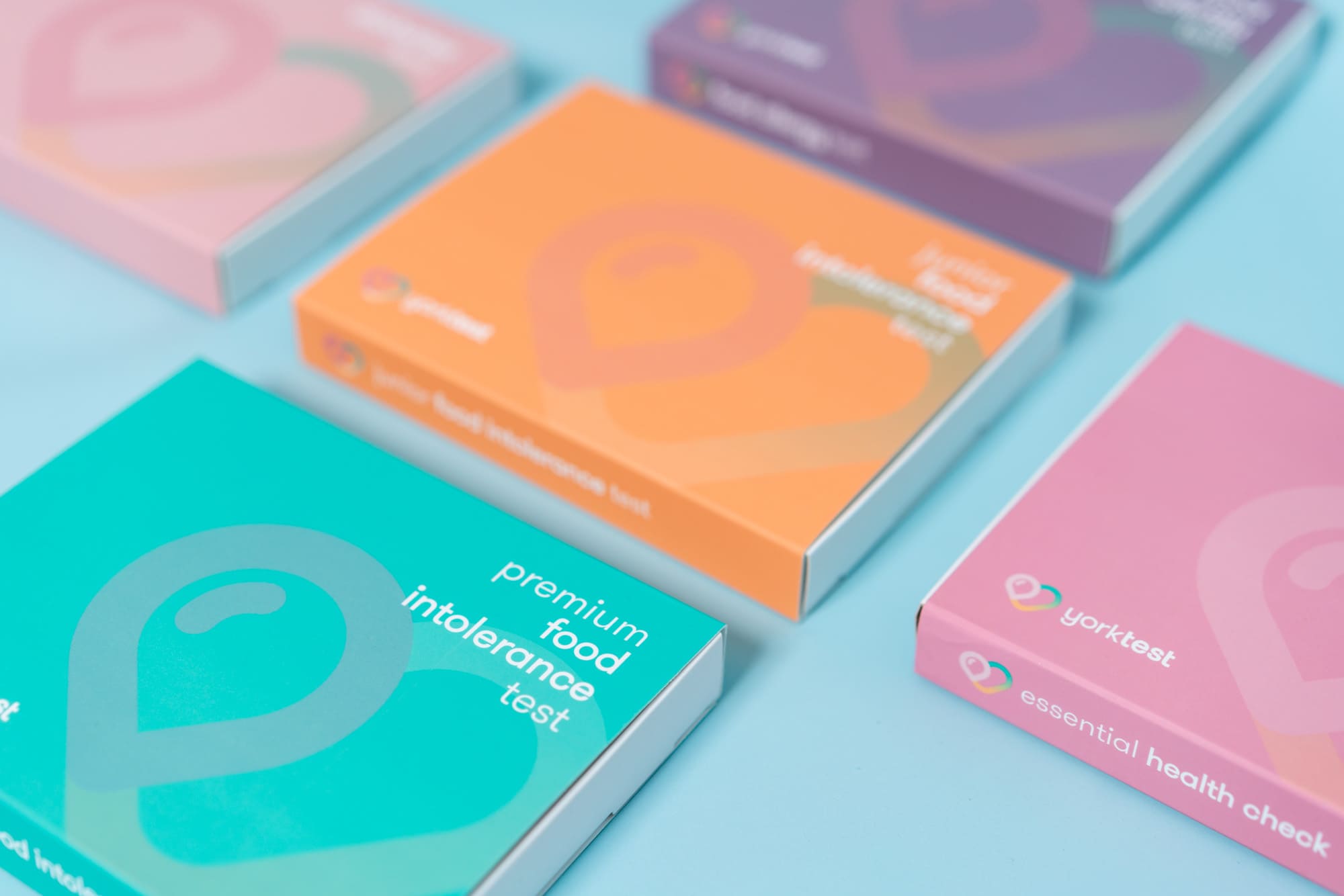How to Interpret Your YorkTest Results: What Each Marker Means
Curious what your YorkTest food sensitivity results actually mean? Here’s how to read your report — and what to do next.

Understanding Your YorkTest Report
When you first open your results, it might feel like reading a medical chart. But don’t worry — interpreting your YorkTest markers is simpler than it looks. Whether you're trying to decode what your body’s telling you, or just wondering if the test is worth it, this guide breaks down every step.
YorkTest Results Explained: IgG vs. IgE
YorkTest uses IgG-based food sensitivity testing — not a standard allergy test (IgE). That’s an important difference:
- IgE (Immunoglobulin E): Immediate allergic response (hives, swelling, anaphylaxis).
- IgG (Immunoglobulin G): Delayed immune response — often linked to digestive issues, fatigue, or headaches.
If you’re seeing raised IgG markers in your YorkTest report, it doesn’t mean you’re “allergic.” It may mean your body is reacting to those foods more slowly, but consistently.
What Each YorkTest Marker Means
Your food sensitivity results are color-coded and categorized:
- 🟢 Green (Normal): No significant IgG reaction. These foods are safe to eat.
- 🟡 Amber (Borderline): Mild IgG reaction. Consider reducing or rotating these foods.
- 🔴 Red (High Reaction): Strong IgG response. These foods are recommended for temporary elimination.
Each food you've tested will appear in one of these zones based on your immune system’s response.
Most Common High-Reaction Foods
Based on YorkTest users across the U.S., these foods are most often flagged in the red zone:
- Dairy (cow’s milk, cheese, yogurt)
- Gluten (wheat, barley, rye)
- Eggs
- Yeast
- Soy
- Almonds or peanuts
If you're seeing these in your results, you're definitely not alone.
What to Do After Receiving YorkTest Results
Here’s what most people do once they get their YorkTest report:
- Eliminate red-zone foods for 4–6 weeks to give your body time to reset.
- Track symptoms like digestion, energy, mood, or skin improvements (often within 2–3 weeks).
- Reintroduce slowly, one food at a time, spaced 3–4 days apart.
- Explore a nutrition plan — YorkTest offers expert guidance to help personalize your diet.
- Download their app for tracking and occasional exclusive savings.
Still Deciding? Why These Results Matter
If you haven’t ordered yet, you might wonder if it’s worth it. YorkTest doesn’t leave you guessing — it gives clear, personalized data based on your IgG markers. You don’t just get a list of foods — you get a roadmap.
Insider Tip: Use a YorkTest Promo Code from Cupodzi
YorkTest tests can be expensive, but Cupodzi helps you save more with verified promo codes. Offers include:
- 30% OFF + extra $20 off Premium Nutrition Program
- 30% OFF + additional $20 off Food Allergy Test
- 30% OFF + $20 discount + Free Shipping on select orders
Reveal Your YorkTest Coupon Now and turn insight into action — without overspending.
Final Thought
Understanding your YorkTest results is the first step toward feeling better. With actionable insights, a plan for elimination and reintroduction, and trusted tools like their mobile app — you’ll have everything you need to take control of your health.
Your body’s trying to tell you something. YorkTest helps you listen.
